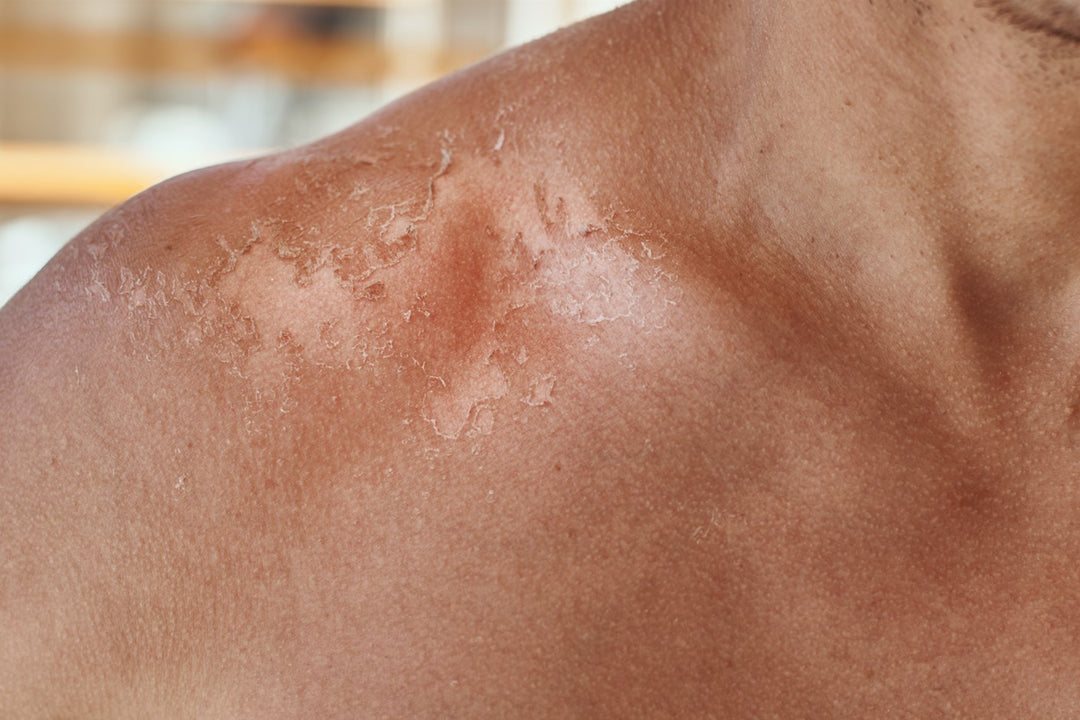Understanding UPF Clothing
UPF stands for ultraviolet protection factor and is used to measure the sun protection provided by fabrics. Unlike regular clothes, which typically have a low UPF, UPF clothing is designed with a different weave and special fabrics to create a stronger barrier against the sun's rays. It offers a higher level of protection by blocking UV light that can penetrate through the micro holes in regular clothing or even travel through light-colored shirts.
Choosing the Right UPF Rating
When purchasing sun-protective clothing, it's important to look for a higher UPF rating. A UPF rating of 30, for example, means that only 1/30th or 3.33% of UV rays can pass through the fabric. The highest rating is UPF 50+, which allows less than 2% of UV rays to penetrate. To ensure quality, the Skin Cancer Foundation recommends choosing clothing with a UPF of 30 or higher. Such clothing usually comes in various options like shirts, leggings, and hats, resembling activewear or athleisure.
Longevity of Sun-Protective Clothing
Sun-protective clothing, like any other fabric, will gradually deteriorate with frequent use. However, it is reasonable to expect such apparel to last for approximately two to three years. Some garments may use a finish to achieve their UPF rating, and it's advisable to check the label for information on the number of washes the rating remains effective. The protective finish can diminish after each wash, affecting the garment's overall sun protection.
Additional Considerations for Sun Protection
Apart from UPF, there are other factors to consider when seeking effective sun protection:
- Dark Colors: Opt for dark-colored clothes such as black, brown, navy, dark green, or burgundy. These colors help prevent UV rays from reaching the skin, providing additional protection.
- Tightly Woven Fabrics: Choose clothing made with tightly woven fabrics like wool, denim, and canvas. Such materials allow less UV light to pass through. If you can't see through the fabric, it's an indication of better UV protection.
- Synthetic Fibers: Instead of natural fabrics like cotton and hemp, select clothes made from synthetic fibers such as polyester and nylon. These materials offer superior UV protection compared to their natural counterparts.
The Role of Sunscreen
While sun-protective clothing can provide extensive coverage, certain areas of the body, like the hands, neck, and face, may still be exposed to UV rays. Therefore, it is recommended to combine sunscreen with sun-protective clothing for optimal protection. Applying sunscreen to exposed areas helps prevent sunburn and reduces the risk of skin cancer. It's important to note that most sun-protective fabrics have a UPF of 50 or higher, surpassing the typical SPF of sunscreen.
Sun-protective clothing, with its higher UPF rating and specialized fabrics, offers an effective barrier against harmful UV rays. By selecting the appropriate UPF rating, considering additional factors like fabric color and tightness of weave, and combining it with sunscreen for exposed areas, you can significantly enhance your sun protection. Remember to consult a dermatologist or healthcare professional for personalized advice and recommendations regarding sun protection. Stay safe and enjoy the sun responsibly!







Leave a comment